New research shows that naturally occurring climate variations help to explain a long-standing difference between climate models and satellite observations of global warming.
Science and Technology Highlights
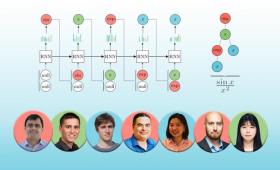
Livermore scientists have developed a new framework and an accompanying visualization tool that leverages deep reinforcement learning for symbolic regression problems,

Wthin the last 1.1 million years, Greenland had thriving vegetation and ecosystems.
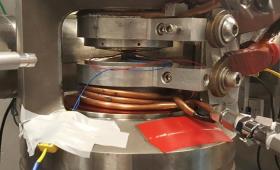
Researchers have shown how applying pressure to a specific thermoelectric material, TiNiSn, increases its efficiency and leads to a structural phase transition.

New work by computer scientists at Livermore and IBM Research on deep learning models to accurately diagnose diseases from x-ray images won the Best Paper award for Computer-Aided Diagnosis at the SPIE Medical Imaging Conference.
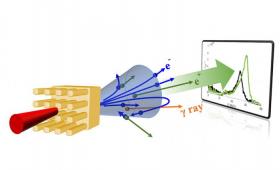
Livermore scientists have achieved a near 100 percent increase in the amount of antimatter created in the laboratory.

According to a Livermore report, California will need to both intensify efforts in emission reduction measures and technologies that are already underway and deploy technologies that dramatically reduce existing emissions.
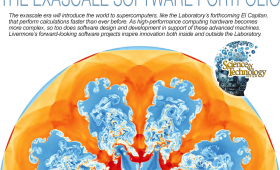
Lawrence Livermore will be among the world’s first high-performance computing (HPC) centers to deploy an exascale-class system.
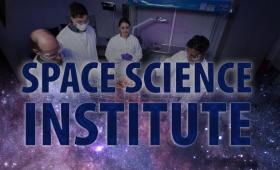
The Laboratory has launched the new Space Science Institute, intended to boost cross-discipline collaboration and discovery.

For nearly half a century, the Laboratory has created unique one-page charts that diagram the nation’s energy use and consumption in an easy-to-understand format.


